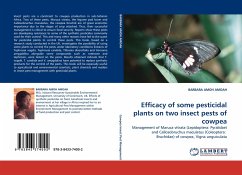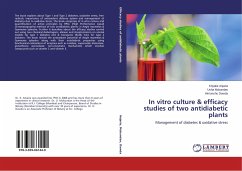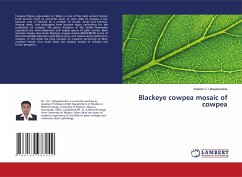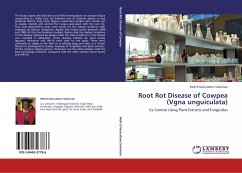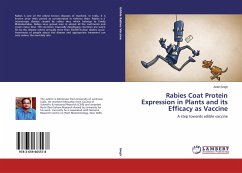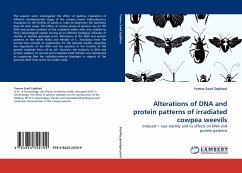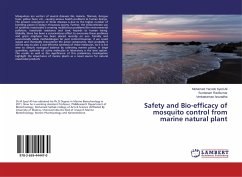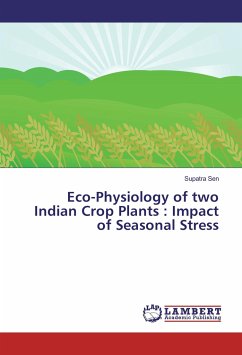Insect pests are a constraint to cowpea production in sub-Saharan Africa. Two of these pests, Maruca vitrata, the legume pod borer and Callosobruchus maculatus, the cowpea bruchid are of great economic importance due to the stages of crop attacked. Thus, their successful management is critical to ensure food security. Reports show these pests are developing resistance to some of the synthetic pesticides commonly used for their control. This and many other reasons have led to the quest for pesticidal plants to control these pests. This book, based on a research study conducted in the UK, investigates the possibility of using some plants to control the pests under laboratory conditions Extracts of Tephrosia vogelii, Tephrosia candida, Tithonia diversifolia and Vernonia amygdalina alongside some compounds such as rotenone and tephrosin, were tested on the pests. Results obtained indicate that T. vogelii, T. candida and V. amygdalina have potential to replace synthetic products for the control of the pests. This book will be especially useful to agricultural and environmental scientists, plant chemists and readers in insect pest management with pesticidal plants.
Bitte wählen Sie Ihr Anliegen aus.
Rechnungen
Retourenschein anfordern
Bestellstatus
Storno

